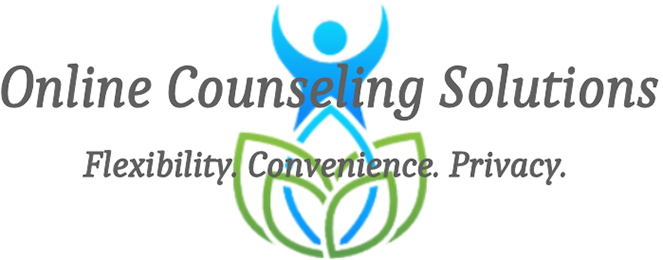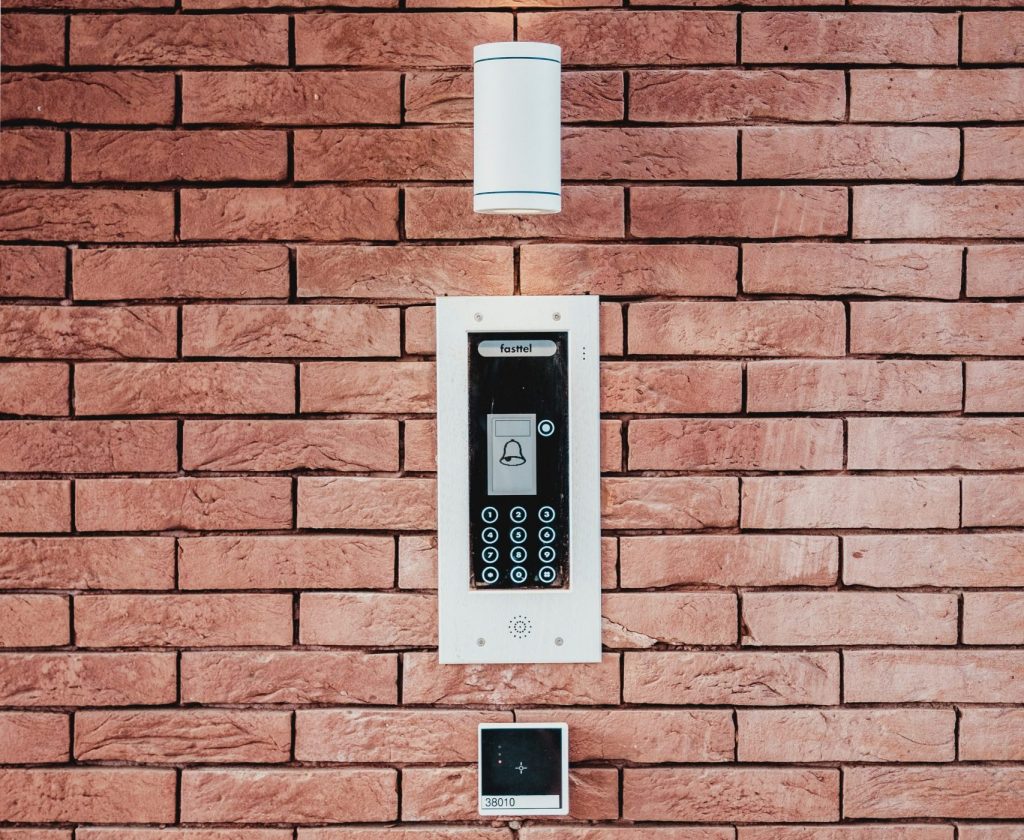What exactly happens in our minds and bodies when we experience anxiety and how can that knowledge help us through the anxiety process to arrive at a state of peace?
This post is going to focus on different aspects of anxiety and how they all work together.
When we talk about anxiety we tend to focus on the painful side of anxiety and all the suffering it causes in the forms of panic attacks, social avoidance, and excessive, debilitating worry. Let’s dive in to the side of anxiety we tend NOT to focus on, the upside of anxiety. Yes, there is a positive aspect of anxiety.
A little bit of anxiety helps us to avoid danger, make moral choices, motivate us to take effective action, and perform at our peak. Being in a state of complete relaxation is not very useful when we are taking a test, giving a presentation, contemplating whether or not to tell our friend that their spouse was acting inappropriately, or yanking our child out of the street as a car zooms by. In these situations anxiety does its job and then we resume our usual state of regulation.
Anxiety becomes unhealthy when our distress is disproportionate to the trigger or stimulus. Excessive avoidance of the anxious situation becomes extreme when it gets in the way of our everyday life. For example, avoiding going to stores, social gatherings, or school classes (pre-COVID) because the fear of scrutiny is so intense exemplifies how anxiety can impact our ability to function in everyday life.
If a lion is chasing us then we should feel extreme anxiety which would instinctively make us run. Feeling anxious seeing a lion at the zoo is excessive. Feeling anxious reading a story about a lion is really excessive.
Not all anxiety is bad and as you can see, some of it can be quite useful. The problem comes when we can’t regulate ourselves to a normal state once the stressor or stimulus is gone.
In this article I will dive deeper into the 4 phases of anxiety and how it is similar to a security system.
There are 4 phases to the anxiety process that help us to keep ourselves safe from a real or perceived threat. It is like our internal security system. We all have an alarm system whether or not we have “diagnosable” anxiety or not. If fact, this process is necessary for survival.
This post will address the first phase of our security system: Alert.
The alert system senses danger. It detects any threats to safety instantaneously. An alert system works properly when we see a car swerve into our lane and we react by honking our horn or swerving to avoid the collision.
People suffering from anxiety have a very sensitive alert system and do not always interpret events accurately. Or in turn, they look for things to be anxious about triggering their alarm system.
Similar to a motion light sensor, our alert system can be set too high. It misfires, thinking there is a threat when actually there is none, hence a panic attack. You don’t want your motion sensor to go off every time a moth flies by. Conversely, people who are anxious have difficulty turning down the sensor so that it is not triggered by every little thing.
The second response in our internal alarm system is alarm.
When we detect a threat our alarm response is activated. We enter into an anxious state with all the accompanying emotional and physical manifestations. We experience increased heart rate, sweating, rapid breathing along with fear, racing thoughts, anxiety. These 2 processes allow us to keep ourselves safe. It helps us to fight, make a plan, run for help or flee to safety.
In a properly working alarm system, no danger=no alarm. But when the security system malfunctions or is set too high no danger can still =alarm. When our parasympathetic nervous system (which helps to stabilize our body to a calmer state) misfires a panic attack can result. This can be terrifying because it can seem to come out of nowhere.
Remember when we discussed that lion? An overactive alarm system cannot distinguish between being chased by a lion or simply seeing a picture of a lion. Consequently, a wide range of anxiety symptoms are experienced and can cause personal distress.
It also creates conflicts in relationships because someone with an alarm that is only triggered in the face of real danger vs. perceived danger usually has trouble understanding why a person is so reactive to nothing at all (like a picture of a lion). This in turn, increases the anxious person’s sense of shame and isolation. They are fully aware their anxiety is irrational and extreme.
The third step in our internal security system is assessment.
This happens in the thinking part of our brain versus the emotional part of our brain, where alerts and alarms take place. Assessment helps us to decide if there really is a threat. It is the thoughtful evaluation of danger and safety. If we decide there is a present danger then we can make a good plan about how to proceed.
Using our lion analogy we can decide that it is only a picture of a lion, it is not real. However, someone with an alarm set too high has difficulty making an accurate assessment. They have a tendency to see danger everywhere. Thus, it can severely limit the activities of everyday life. It just feels safer to stay home as is the case in social anxiety disorders.
Alerts, alarms, and assessments are designed to work together. The team work doesn’t happen in an overly anxious brain. It can take a long time to confirm danger or decide all is well.
The 4th and final phase of our internal security system is: All clear.
This signals the alarm system to turn off. It says, “All is well. I’m ok. I’m safe” As you can guess by now, if a person struggling with anxiety has an alert set too high, then their all clear signal is set too low.
The anxious brain distrusts any reassurance from outside sources. Reassurance can be useful to those who experience mild anxiety. Rationalization tends to backfire with someone with moderate to severe anxiety. Anxiety can rarely be overcome with logic because it flows from the beliefs we hold, not reality. And an overly emotional anxious response overrides logic everytime. Remember flight or fight? We need those emotions for safety.
We’ve all had the experience of ALMOST getting into a car accident. Very quickly we go through the 4 phases of alert, alarm, and assessment, and all clear. While it might take a few moments for our heart rate and breathing to return to normal, we know that we are safe. An overly anxious brain will focus on what could have happened if the accident did indeed occur. “We could have been killed!” The all clear signal doesn’t get activated because the brain is still in the alarm phase.
If this sounds like you or someone you know please reach out to me. It is possible to weaken the overly active alerts and alarms while strengthening the underactive assessments and all clear signals.
Just because you have been stuck in a pattern for a long time doesn’t mean it will take a long time to make improvements quickly. What do you really have to loose?

